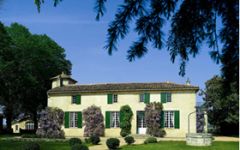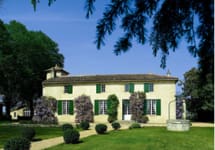Chateau Doisy Vedrines Sauternes (half-bottle) 2003

Product Details
Your Rating
Somm Note
Winemaker Notes
Other Vintages
2020-
Wine
Enthusiast - Decanter
-
Robert
Parker -
James
Suckling
- Vinous
-
James
Suckling -
Robert
Parker
-
Wine
Enthusiast - Decanter
-
Wine
Spectator -
Robert
Parker -
James
Suckling
-
Wine
Spectator -
James
Suckling -
Robert
Parker -
Wine
Enthusiast - Decanter
-
Wine
Enthusiast - Decanter
-
Robert
Parker -
Wine
Spectator -
James
Suckling
-
Wine
Spectator -
Robert
Parker - Decanter
-
Wine
Enthusiast -
James
Suckling
-
Robert
Parker -
Wine
Enthusiast -
Wine
Spectator - Decanter
-
James
Suckling
-
Wine
Enthusiast -
Wine
Spectator -
Robert
Parker -
James
Suckling
-
Wine
Enthusiast -
Robert
Parker -
Wine
Spectator -
James
Suckling
-
Wine
Spectator -
Robert
Parker -
Wine
Enthusiast -
James
Suckling
-
Robert
Parker -
Wine
Enthusiast
-
Wine
Spectator
-
Wine
Spectator


This noble manor and its vineyards were one called Doizic, and in the middle of the 17th century, belonged to Jean Raymond, a Registrar with the Guyenne Borard of Excice. Although a resident of Bordeaux, in February 1677 he pledged "fealty and allegiance" to the king for this noble estate and fief of Doisy situated between Preignac and Barsac in the county of the Gironde.
In June 1704, the land and its buildings were included in the dowry of his grand-daughter and god-daughter, Marie Raymond. On June 5, 1704, in the presence of Guillaume Roborel, court barrister and representative of the king at the royal seat in the parish of Barsac, as well as of the dignitaries of the village, she married Jean-Baptiste Védrines, court barrister and son of Jean Védrines, also court barrister and judge at Sainte-Livrade in the Agen region. Hence, the fief of Doisy became Doisy-Védrines.

Apart from the classics, we find many regional gems of different styles.
Late harvest wines are probably the easiest to understand. Grapes are picked so late that the sugars build up and residual sugar remains after the fermentation process. Ice wine, a style founded in Germany and there referred to as eiswein, is an extreme late harvest wine, produced from grapes frozen on the vine, and pressed while still frozen, resulting in a higher concentration of sugar. It is becoming a specialty of Canada as well, where it takes on the English name of ice wine.
Vin Santo, literally “holy wine,” is a Tuscan sweet wine made from drying the local white grapes Trebbiano Toscano and Malvasia in the winery and not pressing until somewhere between November and March.
Rutherglen is an historic wine region in northeast Victoria, Australia, famous for its fortified Topaque and Muscat with complex tawny characteristics.

Sweet and unctuous but delightfully charming, the finest Sauternes typically express flavors of exotic dried tropical fruit, candied apricot, dried citrus peel, honey or ginger and a zesty beam of acidity.
Sémillon, Sauvignon Blanc, Sauvignon Gris and Muscadelle are the grapes of Sauternes. But Sémillon's susceptibility to the requisite noble rot makes it the main variety and contributor to what makes Sauternes so unique. As a result, most Sauternes estates are planted to about 80% Sémillon. Sauvignon is prized for its balancing acidity and Muscadelle adds aromatic complexity to the blend with Sémillon.
Botrytis cinerea or “noble rot” is a fungus that grows on grapes only in specific conditions and its onset is crucial to the development of the most stunning of sweet wines.
In the fall, evening mists develop along the Garonne River, and settle into the small Sauternes district, creeping into the vineyards and sitting low until late morning. The next day, the sun has a chance to burn the moisture away, drying the grapes and concentrating their sugars and phenolic qualities. What distinguishes a fine Sauternes from a normal one is the producer’s willingness to wait and tend to the delicate botrytis-infected grapes through the end of the season.
